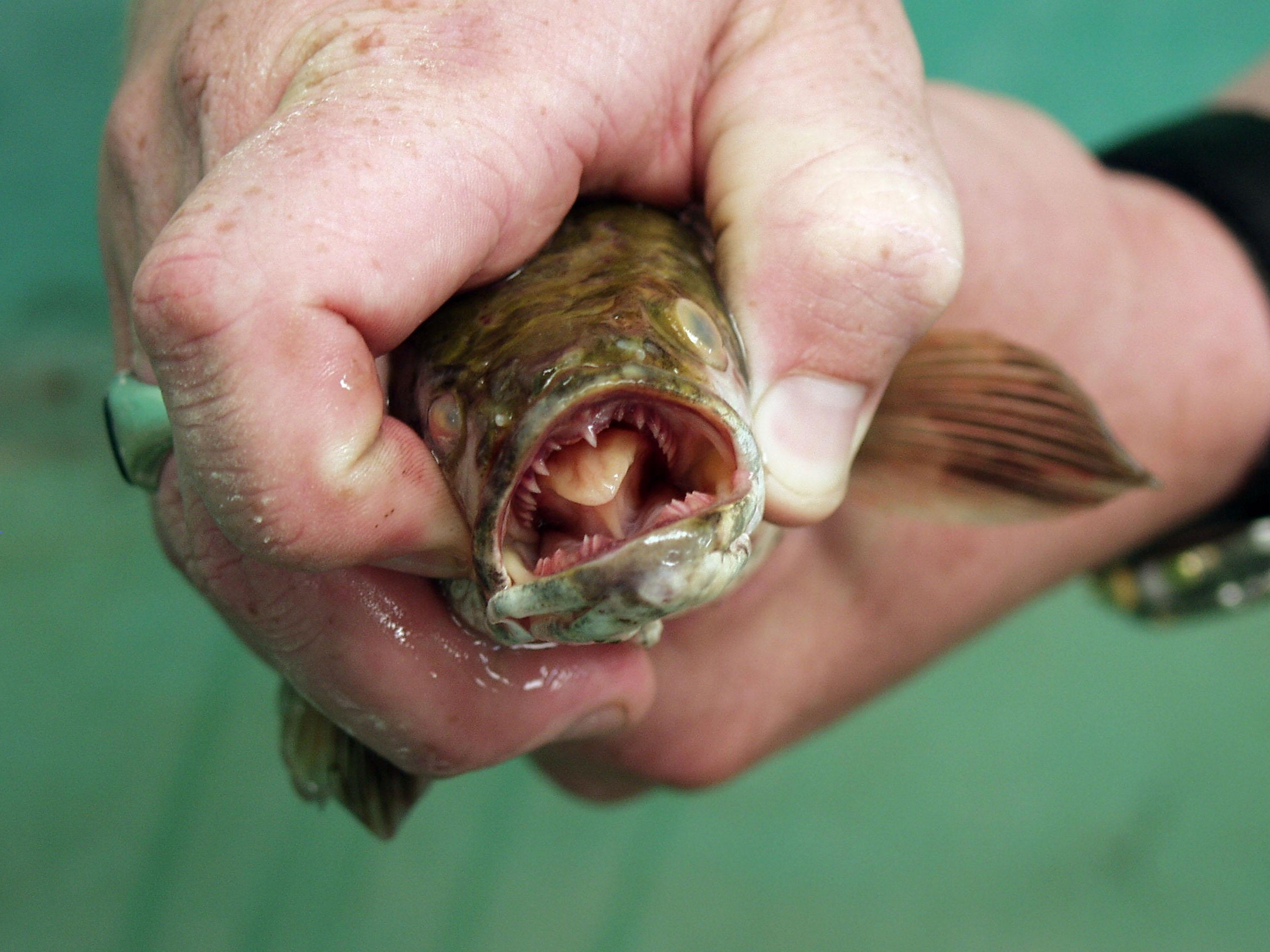

As this report shows, the current answer is not simple. Very broadly, the unanswered question regarding invasive species concerns whose responsibility it is to ensure economic integrity and ecological stability in response to the actual or potential impacts of invasive species, and at what cost. A few recently arrived invasive species, and estimates of adverse economic impacts exceeding $100 billion annually have sharpened that focus. The national focus on invasive species arose in the 19th century, primarily owing to losses in agriculture (due to weeds or plant diseases), the leading industry of the time. They were joined by various species arriving deliberately or accidentally from Asia and Africa. And for those centuries, the remaining non-native species crossing the Atlantic, uninvited and often unwelcome, were ignored if they were noticed at all.


The transfer of non-natives consisted not only of intentional westbound species ranging from pigs to dandelions but also of intentional eastbound species such as grey squirrels and tomatoes. For the first few centuries after the arrival of Europeans in North America, plants and animals of many species were sent between the two land masses.


 0 kommentar(er)
0 kommentar(er)
